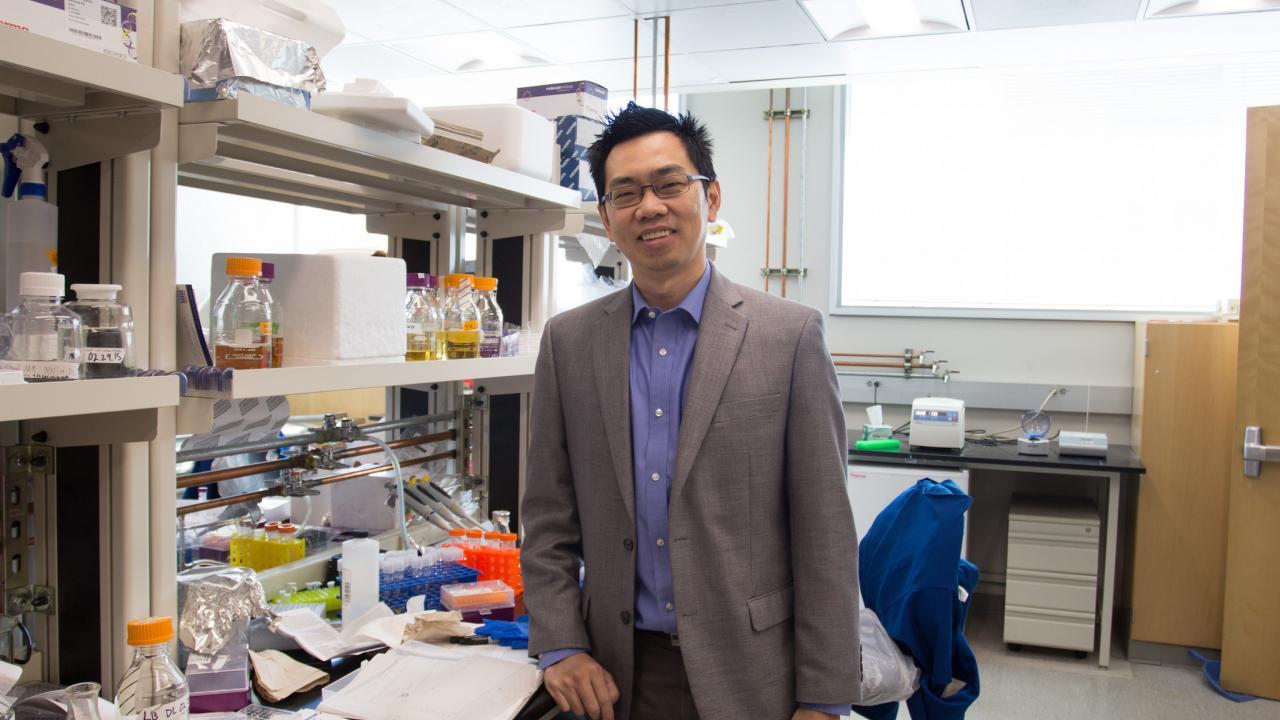Cells are noisy things, biochemically speaking. This noise manifests through the heterogeneity of protein synthesis and cellular behavior. Understanding and controlling the noise is paramount to various biomedical applications, including drug treatment, tissue engineering, and the design of synthetic cells. Despite the importance of controlling cellular noise, current molecular methods to modulate cellular noise require changes to the target genetic component. These methods are challenging to extend for genome-wide studies and for modulating noise in therapeutic treatment.
In a recently published paper in Nucleic Acids Research, researchers in Cheemeng Tan’s Artificial Cellular Systems Lab in the UC Davis Department of Biomedical Engineering demonstrate that CRISPR-dCas9 can be used to tune gene expression noise and the average gene expression level.
“The work is the first that develops an orthogonal tool based on CRISPR-dCas9 for tuning cellular noise”, said Fan Wu, the co-first author of the work.
Wu, co-first author Jiyoung Shim, Ting Gong and Tan built the CRISPR-dCas9 tool from the bottom-up using a synthetic biology approach. They combined both CRISPR activation and repression (CRISPRar) to target the same genetic promoter. CRISPRar allows two kinds of expression tuning: increasing noise level while maintaining average expression level; increasing average expression level while maintaining noise level.
“The CRISPRar may change how we tune expression noise at the genomic level,” said Shim. The work has broad impacts on the study of gene functions, phenotypical heterogeneity, and genetic circuit control.
This work is supported by the National Institute of Biomedical Imaging and Bioengineering (NIH).
Media Resources
Orthogonal tuning of gene expression noise using CRISPR–Cas (Nucleic Acids Research)
Artificial Cellular Systems Lab
Kristina Batchelor is a marketing specialist in the UC Davis Department of Biomedical Engineering, where this article originally appeared.
